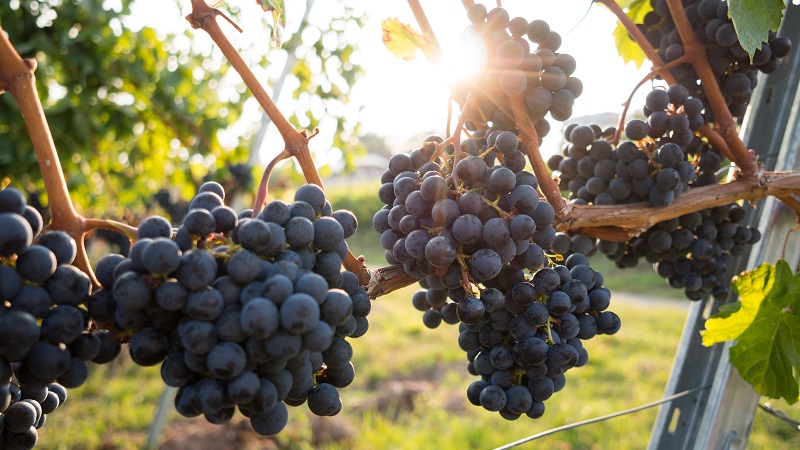Citrus Greening Quarantine In Southern California

A 93-square mile quarantine is now in place in the Hacienda Heights section of Los Angeles County following the detection of the citrus disease Huanglongbing (HLB), or citrus greening.
According to the California Department of Food and Agriculture (CDFA), the zone is centered near the Pomona Freeway (Highway 60) and Hacienda Blvd. and extends south into a small portion of Orange County, north into Baldwin Park and West Covina, west into South El Monte and Whittier, and east into Walnut and Rowland Heights.
This area is part of a much larger quarantine already in place for the Asian citrus psyllid, the pest that spreads bacteria causing HLB. The new quarantine will prohibit the movement of all nursery stock out of the area, while maintaining existing provisions allowing the movement of only commercially cleaned and packed citrus fruit. Any fruit that is not commercially cleaned and packed, including residential citrus, must not be removed from the property on which it is grown, although it may be processed and/or consumed on the premises.
“The success of any quarantine depends on cooperation from those affected,” said CDFA Secretary Karen Ross. “The stakes couldn’t be higher for California citrus. We urge residents in the Hacienda Heights-area to do all they can to comply.”
Because the latency period for the development of HLB symptoms in an infected tree can be two years, the quarantine is expected to last at least that long. CDFA, USDA and the Los Angeles County Agricultural Commissioner continue their work to investigate the source of the disease, to survey and test for it throughout the Los Angeles Basin, and to prepare for ground treatment of citrus trees within 800 meters of the find site – tentatively scheduled to begin next week. In the long term, the strategy is to control the spread of Asian citrus psyllids while researchers work to find a cure for the disease.
HLB was confirmed last week in an Asian citrus psyllid sample and plant material taken from a lemon/pummelo tree in a residential neighborhood in the Hacienda Heights area. The disease is bacterial and attacks the vascular system of plants. The Asian citrus psyllid can spread the bacteria as the pest feeds on citrus trees and other plants. Once a tree is infected, there is no cure; it typically declines and dies within a few years.
HLB is known to be present in Mexico and in parts of the southern U.S. Florida first detected the pest in 1998 and the disease in 2005, and the two have now been detected in all 30 citrus-producing counties in that state. The University of Florida estimates the disease has tallied more than 6,600 lost jobs, $1.3 billion in lost revenue to growers and $3.6 billion in lost economic activity. The pest and the disease are also present in Texas, Louisiana, Georgia, and South Carolina. The states of Arizona, Mississippi, and Alabama have detected the pest but not the disease.
The Asian citrus psyllid was first detected in California in 2008 and is known to exist in Ventura, San Diego, Imperial, Orange, Los Angeles, Santa Barbara, San Bernardino, and Riverside counties. If Californians believe they have seen evidence of HLB in area citrus trees, they are asked to please call CDFA’s toll-free pest hotline at 1-800-491-1899.










